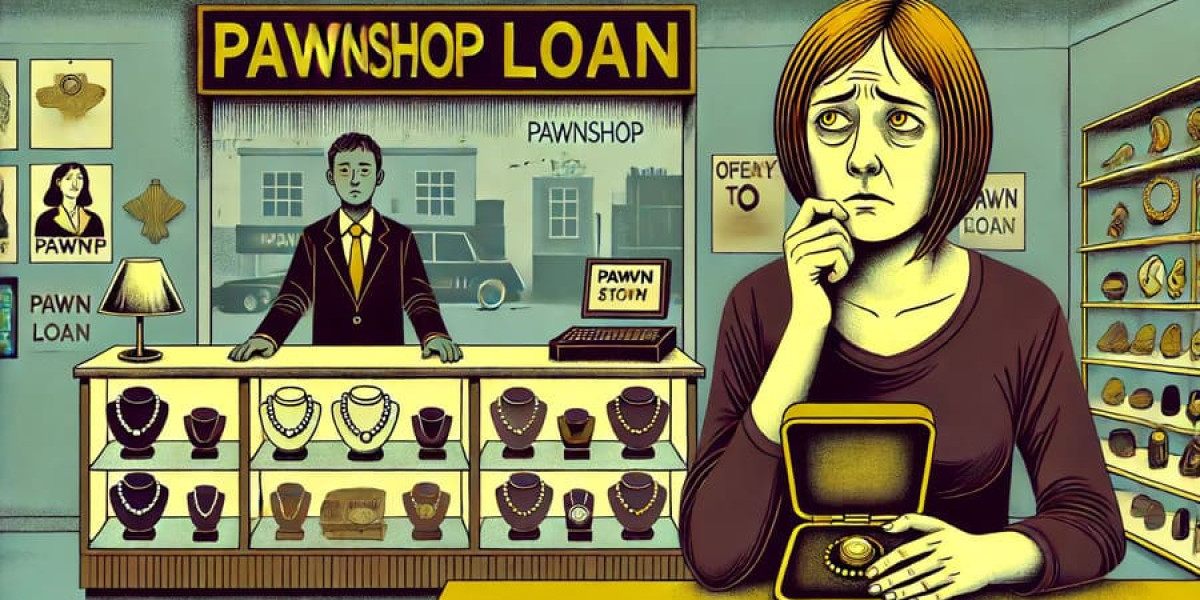Skylight Window Repair: Maintaining the Beauty and Functionality of Your Home
Skylights are a gorgeous and functional addition to any home, offering natural light, ventilation, and a connection to the outdoors. Nevertheless, like any other part of a home, skylights need upkeep and periodic repair. Whether due to age, weather condition damage, or use and tear, skylight repairs can vary from minor changes to substantial replacements. This post offers an extensive guide to skylight pvc window repairs double glazing repair near me, helping homeowners comprehend common concerns, the repair procedure, and how to extend the lifespan of their skylights.

Understanding Skylight Windows
Skylights are windows set up in the roof or ceiling of a structure, created to let in natural light and, in some cases, provide ventilation. They can be found in various sizes and shapes, including flat, dome, and pyramid, and can be made from materials such as glass, acrylic, or polycarbonate. Appropriately set up and maintained skylights can boost the aesthetic and energy effectiveness of a home, however they are subject to distinct difficulties due to their exposure to the aspects.
Common Skylight Issues
Leakages and Water Damage
- Causes: Improper installation, damaged seals, broken glass, or scrubby flashing.
- Symptoms: Water discolorations on the ceiling, moisture around the skylight, or noticeable water leak during rain.
Broken or Broken Glass
- Causes: Impact from falling things, hail, or extreme temperature level changes.
- Symptoms: Visible cracks or breaks in the glass.
Mold and Mildew Growth
- Causes: Moisture buildup, bad ventilation, or condensation.
- Signs: Dark areas or a moldy smell around the skylight.
Misting and Condensation
- Causes: Improper seals, high humidity, or temperature differentials.
- Signs: Foggy glass, moisture droplets, or a persistent haze.
Functional Problems
- Causes: Worn or damaged parts, absence of lubrication, or particles in the system.
- Symptoms: Difficulty in opening or closing the skylight, or it may not open at all.
Structural Damage
- Causes: Aging, poor installation, or severe weather conditions.
- Symptoms: Sagging frames, loose screws, or spaces where the skylight satisfies the roofing.
Steps to Repair a Skylight
Identify the Issue
- Visual Inspection: Check for noticeable indications of damage, such as cracks, leakages, or mold.
- Practical Testing: Test the skylight's operation by opening and closing it.
Collect Necessary Tools and Materials
- Tools: Screwdrivers, caulk gun, silicone sealant, putty knife, shatterproof glass, and gloves.
- Materials: Replacement glass, flashing, caulk, sealant, and lube.
Security First
- Workspace: Ensure the workspace is safe by clearing any barriers and using proper scaffolding or ladders.
- Personal Protection: Wear security glasses and gloves to secure against glass shards and chemical irritants.
Repairing Leaks
- Sealant Application: Clean the location around the skylight and use a silicone sealant or caulk to any spaces or fractures.
- Flashing Replacement: If the flashing (the metal strips that direct water far from the skylight) is harmed, replace it with new flashing.
Replacing Cracked or Broken Glass
- Remove the Old Glass: Carefully remove the damaged glass using a putty knife and screwdrivers.
- Install New Glass: Place the brand-new glass in the frame, securing it with clips or screws, and use a new sealant around the edges.
Removing Mold and Mildew
- Cleaning Solution: Use a mixture of water and bleach or a commercial mold remover to clean up the impacted areas.
- Ventilation Improvement: Ensure appropriate ventilation to avoid future mold development.
Resolving Fogging and Condensation
- Seal Replacement: Replace the seals around the glass to avoid moisture from getting in.
- Desiccant Packs: Insert desiccant packs (moisture absorbers) into the skylight frame to minimize condensation.
Repairing Operational Problems
- Lubrication: Apply a lubricant to the moving parts of the skylight to make sure smooth operation.
- Mechanical Repair: Replace any used or damaged parts, such as hinges or deals with.
Preventive Maintenance
Regular Cleaning
- ** Exterior: ** Clean the outside of the skylight to get rid of dirt, leaves, and debris.
- Interior: Clean the interior to prevent dust buildup and ensure clear presence.
Examine Seals and Gaskets
- Examine Regularly: Check the seals and gaskets for signs of wear or damage.
- Replace as Needed: Replace any seals that are split, used, or no longer effective.
Check Flashing
- Every year: Inspect the flashing around the skylight to guarantee it is securely in place and not damaged.
- double glazed window repair or Replace: Fix any loose or damaged flashing to avoid water seepage.
Lubricate Moving Parts
- Annually: Lubricate the hinges and other moving parts to guarantee smooth operation.
- Usage Appropriate Lubricant: Choose a lube that is ideal for the product of the skylight.
Look For Structural Integrity
- Bi-Annually: Inspect the frame and structure of the skylight for indications of sagging or loosening up.
- Tighten up or Repair: Tighten any loose screws or bolts, and repair any structural problems.
FAQs About Skylight Repair
How typically should I check my skylight?
- It is advised to check your skylight at least when a year, and more often if you live in a location with serious climate condition.
Can I repair Upvc door a skylight leakage myself?
- Minor leakages can typically be repaired with sealant, however if the leak is extreme or you are uncomfortable with the job, it is best to consult an expert.
What should I do if I discover mold or mildew around my skylight?
- Tidy the impacted areas with a mold-removing service and improve ventilation to prevent future growth. If the mold is extensive, think about speaking with a professional.
How do I prevent condensation in my skylight?
- Make sure correct ventilation, utilize a dehumidifier if necessary, and replace any damaged seals to decrease moisture accumulation.
Can I replace the glass in my skylight myself?
- While it is possible to replace the glass yourself, it is a fragile task that requires cautious handling. If you are not positive in your abilities, it is a good idea to hire a professional.
What is the life-span of a skylight?
- The lifespan of a skylight can vary depending on the product and quality of installation, however usually, they last between 10 to 20 years.
Skylights are an important feature in lots of homes, but they require regular maintenance and occasional repairs to work correctly and keep their charm. By comprehending common issues and following the actions described in this guide, property owners can address most skylight issues efficiently. Routine inspections and preventive upkeep are essential to extending the life-span of a skylight and guaranteeing it continues to offer natural light and ventilation for years to come.
If you experience an intricate issue or are uncertain about the repair process, it is constantly best to seek advice from a professional. A knowledgeable specialist can detect and upvc door repair even the most tough skylight issues, guaranteeing your home remains comfy, safe, and energy-efficient.
By making the effort to care for your skylight, you can enjoy its benefits without the trouble of regular double glazing repairs near me or replacements. Whether you pick to take on repairs yourself or seek professional assistance, preserving your skylight is a vital part of home ownership.









